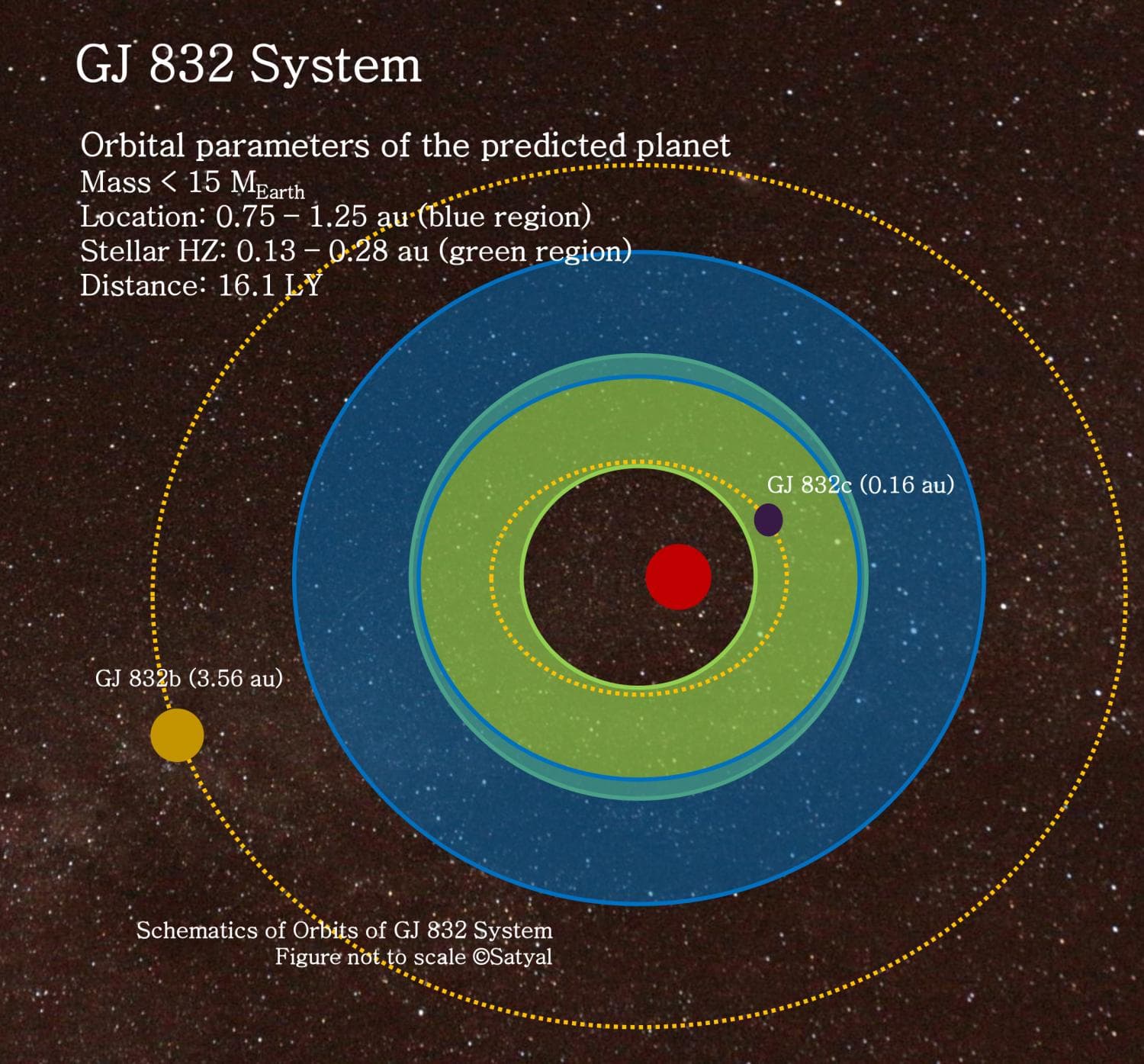Hope for Exoplanets
Last year, the Trappist-1 system was discovered, and it reignited humanity's hope of finding planets that could one day (or currently) sustain life. But there has been much debate over the probability that planets within that system, which is located 39 light-years away, could hold life as we know it. While Trappist planets might fall within what is known as the "habitable zone," other factors, such as the fact that they orbit a red dwarf, might make them less prone to sustaining life than initially thought.
This uncertainty might get you down until you read that astrophysicists at the University of Texas at Arlington (UTA) have predicted the existence of a much closer planet that is Earth-like in nature. Published as "Dynamics of a probable Earth-Like Planet in the GJ 832 System" in The Astrophysical Journal, this planet is only 16 light-years away, within the star system Gliese 832, and it appears to be both stable and Earth-like.
Lead author Suman Satyal, UTA physics researcher, stated in an UTA press release that, "According to our calculations, this hypothetical alien world would probably have a mass between 1 to 15 Earths masses."
"This is an important breakthrough demonstrating the possible existence of a potential new planet orbiting a star close to our own," UTA Physics Chair Alexander Weiss said in the press release. "The fact that Dr. Satyal was able to demonstrate that the planet could maintain a stable orbit in the habitable zone of a red dwarf for more than 1 billion years is extremely impressive and demonstrates the world class capabilities of our department's astrophysics group."
Going Forward
According to Satyal, "The existence of this possible planet is supported by long-term orbital stability of the system, orbital dynamics and the synthetic radial velocity signal analysis...At the same time, a significantly large number of radial velocity observations, transit method studies, as well as direct imaging are still needed to confirm the presence of possible new planets in the Gliese 832 system."
So, it is not yet 100 percent certain that this unicorn of a planet exists. However, these predictions are strongly supported by evidence garnered by the research group. But what could this mean if and when these scientists prove the existence of such a planet?
Technologies which allow us to explore further and further into the cosmos continue to develop. From SpaceX's advances to the Breakthrough Initiatives, it is becoming ever-more possible to reach previously unseen corners of the universe. Now, Mars is "only" an average of 12.5 light-minutes from Earth, so 16 light-years might seem like an unconquerable distance.
However, compared to the distances of other promising exoplanets, this could be one of the best shots we have to survey and study an exoplanet that fits many habitable criteria. The exploration of the universe is a never-ending journey that will only continue to further our knowledge and curiosity.
Share This Article
